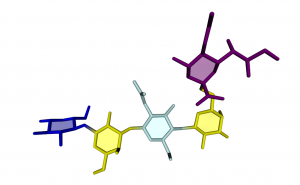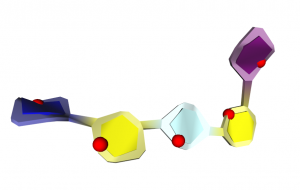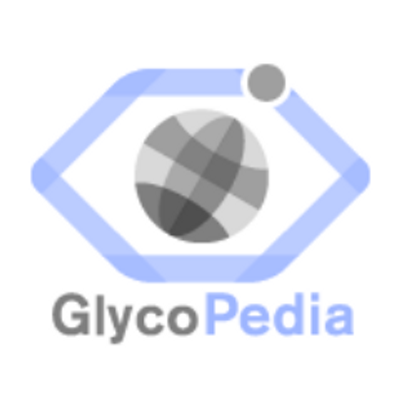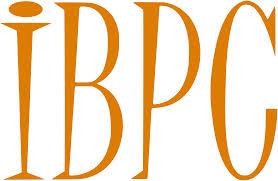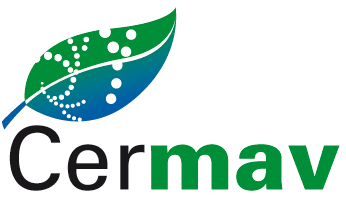SweetUnityMol
During my second Master internship, under the guidance of Dr. Marc Baaden, Dr. Serge Perez and Dr. Anne Imberty.This internship project aimed to develop new kind of standardized visualizations for complex carbohydrate molecules.
Background
In Nature, carbohydrates form an important family of biomolecules. Carbohydrates, in the form of polysaccharides, glycopeptides, glycolipids, glycosaminoglycans, proteoglycans, or other glycoconjugates have long been recognize to participate in many biological processes. They can be present in very diverse and complex forms. In a similar fashion to proteins with amino acids, we can build complex carbohydrates from individual units: monosaccharides. But whereas the proteic alphabet is made of “only” 20 letters, around 120 monosaccharides are known and the fact that they can be linked through different positions adds even more complexity to the whole construction process.
Methods
Using the molecular visualization software UnityMol[1] engine it is easy to represent proteins, RNA/DNA and biological networks. UnityMol is based on a new molecular representation called HyperBalls[2] properties to draw very large complexes of several thousand atoms without screen lag. based on the Unity3D video game that uses graphical and shader properties to draw very large complexes of several thousand atoms without screen lag.
This software is developed within Marc Baaden’s team and is currently updated by Marc’s PhD student : Sebastien Doutreline. A lot of great features and performance improvements to come!
The software is available on the SourceForge repo : http://sourceforge.net/projects/unitymol/. UnityMol is also multi platform (Linux, Mac & Windows)
Feel free to download the tutorial too if you feel lost (it’s still a development interface).
[wpdm_file id=8]
Results
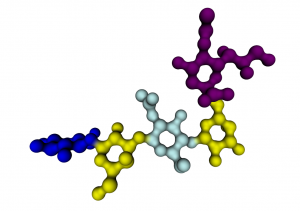
Fig 1 – Pentasaccharide LSTc (Glc,Gal,GlcNAc, Gal, NeuAc). Ligand of the Polyomavirus capsid protein (3NXD)
The first objectif was to integrate a color code for each monosaccharide. Serge Perez developed a colored pictogram code for every monosaccharide (http://glycopedia.eu/120-Monosaccharides). We wanted to integrate this color code to UnityMol. On the Fig 1 you can see an example of this color code with the pentasaccharide LSTc. You can find the correspondence of every color inside the Tutorial for SweetUnityMol.
The second representation, RingBlending, aims to fill aromatic rings of monosaccharide. this feature is inspired by a feature in the software VMD called « PaperChain » [3] (Cf. Fig 2). The monosaccharide color code is also implemented.
A third representation, called SugarRibbons, aims to reproduce the secondary structure of a carbohydrate molecule. Like the « cartoon » representation for proteins, SugarRibbons will follow the backbone of the polysaccharide and will be thicker arround the aromatic ring (Cf. Fig 3). The monosaccharide color code is also implemented and you can represent the position of the oxygen by a colored sphere (to have a better view of the monosaccharide conformation). This representation fit the atoms position, so despite the approximation of the visualization of the secondary structure, the SugarRibbons visualization stay very close to the polysaccharide structure and we can still be able to see atoms fluctuation between 2 structures.
More images and examples can be seen on my Gallery page.
Ressources
- You can find more information on the Glycopedia website, maintened by Serge Perez : http://glycopedia.eu/Presentation-200.html.
- Or on our article :10.1093/glycob/cwu133
References
[1] Chavent, M., Vanel, A., Tek, A., Levy, B., Robert, S., Raffin, B., & Baaden, M. (2011). GPU-accelerated atom and dynamic bond visualization using hyperballs: a unified algorithm for balls, sticks, and hyperboloids. Journal of Computational Chemistry, 32(13), 2924–35. doi:10.1002/jcc.21861
[2] Lv, Z., Tek, A., Da Silva, F., Empereur-mot, C., Chavent, M., & Baaden, M. (2013). Game on, science – how video game technology may help biologists tackle visualization challenges. PloS One, 8(3), e57990. doi:10.1371/journal.pone.0057990
[3] Cross, S., Kuttel, M. M., Stone, J. E., & Gain, J. E. (2009). Visualisation of cyclic and multi-branched molecules with VMD. Journal of Molecular Graphics & Modelling, 28(2), 131–9. doi:10.1016/j.jmgm.2009.04.010
Contributors : Marc Baaden, Matthieu Chavent, Alex Tek, Zhihan Lv, Franck Da Silva, Charly Empereur-mot, Sebastien Doutreline, Mikael Trellet, Caroline Roudier.
